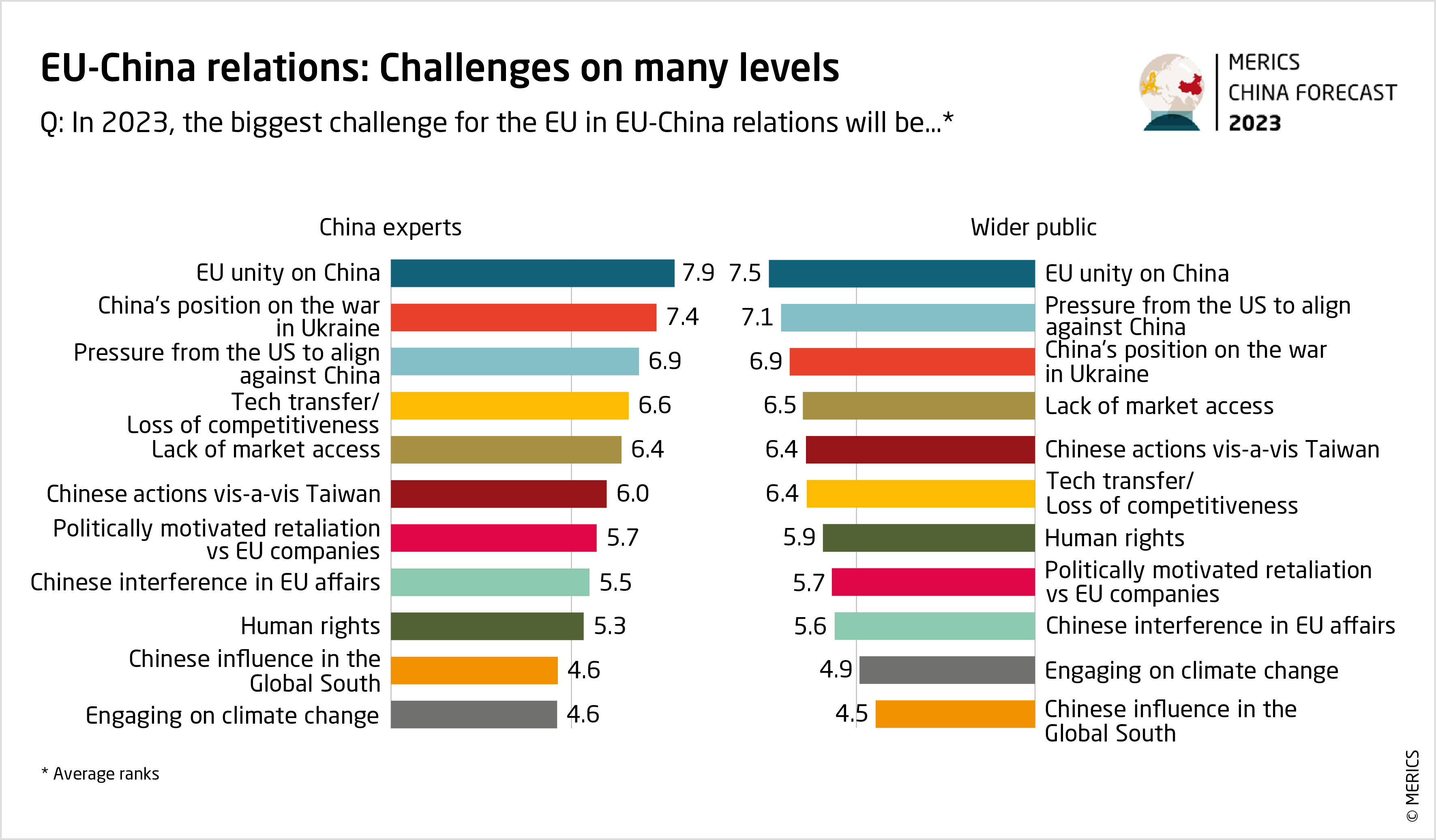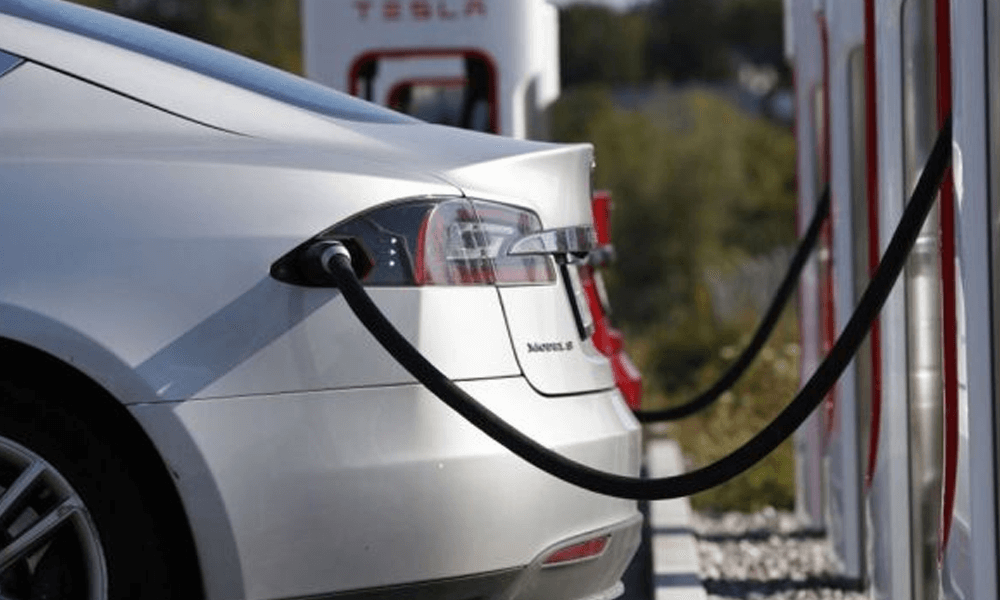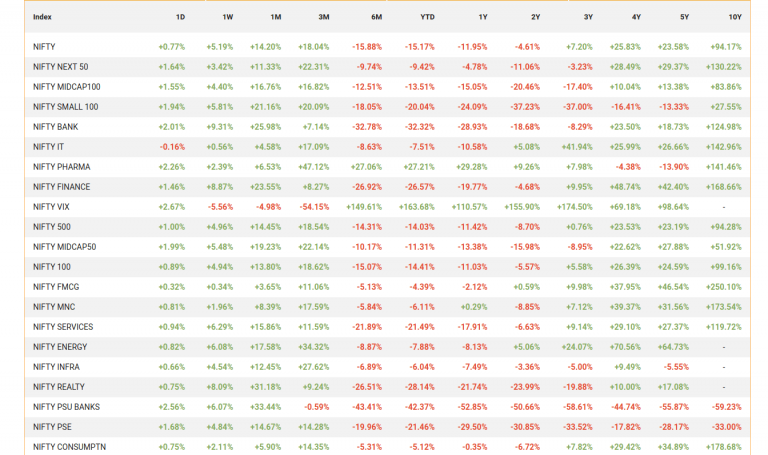BMW And Porsche's China Challenges: A Growing Trend In The Auto Industry

Table of Contents
Intensifying Competition from Domestic Brands
The rise of powerful domestic brands represents a significant hurdle in the Chinese market, adding to the existing China challenges. This intense competition is multifaceted, stemming from both the technological leap of local EV manufacturers and their sophisticated marketing strategies.
Rise of Local EV Manufacturers
Chinese electric vehicle (EV) manufacturers like BYD, NIO, and Xpeng are rapidly gaining market share, posing a serious threat to established luxury brands. Their success is driven by several key factors:
- Technological Superiority: In certain areas, such as battery technology and autonomous driving features, Chinese EV makers are at the forefront of innovation, offering competitive—sometimes superior—alternatives to established players.
- Aggressive Pricing Strategies: Domestic brands often offer comparable features at lower price points, appealing to a broader range of Chinese consumers.
- Strong Government Support: Government policies promoting electric vehicles and domestic industries provide significant advantages to Chinese EV manufacturers.
- Effective Marketing Campaigns: Targeted marketing campaigns, often leveraging social media and influencer collaborations, effectively reach younger Chinese consumers.
Sophisticated Marketing & Localized Strategies
Domestic brands demonstrate a deeper understanding of the Chinese consumer, tailoring their offerings and marketing strategies to local preferences more effectively than many international players. This mastery contributes significantly to the China challenges faced by BMW and Porsche.
- Social Media Mastery: Chinese brands leverage social media platforms like WeChat and Weibo with exceptional skill, building brand loyalty and fostering direct engagement with consumers.
- Influencer Collaborations: Partnerships with local influencers and celebrities resonate powerfully with Chinese audiences, enhancing brand visibility and credibility.
- Localized Product Development: Many domestic brands develop vehicles specifically designed with the needs and preferences of Chinese consumers in mind, offering features and functionalities that resonate deeply within the local market.
Economic Slowdown and Shifting Consumer Preferences
Beyond the competitive landscape, macroeconomic factors and evolving consumer preferences add further complexity to the China challenges faced by luxury automakers.
Impact of Economic Uncertainty
Economic fluctuations in China directly impact consumer spending on luxury goods, including high-end automobiles. This presents significant challenges for brands relying on consistent high-volume sales.
- Decreased Consumer Confidence: Economic uncertainty can lead to decreased consumer confidence, resulting in reduced purchasing power and a more cautious approach to large purchases like luxury vehicles.
- Reduced Sales Volume: Economic downturns typically translate to a decrease in sales volume for luxury car brands, demanding strategic adjustments to pricing and marketing strategies.
- Pricing Pressure: The need to maintain sales amidst economic instability might necessitate adjustments to pricing strategies, potentially impacting profit margins.
Evolving Consumer Demands
Chinese consumer preferences are rapidly evolving, with a growing preference for EVs and increased emphasis on digital connectivity and sustainability. This shift represents another key aspect of the China challenges.
- Demand for Advanced Technology: Consumers increasingly demand advanced technology features, such as autonomous driving capabilities, sophisticated infotainment systems, and connected car services.
- Sustainability Focus: Environmental concerns are growing, leading to increased demand for electric and hybrid vehicles, as well as sustainable manufacturing practices.
- Digital Connectivity: Consumers expect seamless integration of their digital lives into their vehicles, demanding sophisticated connectivity features and user-friendly interfaces.
Regulatory Hurdles and Supply Chain Disruptions
Navigating the regulatory landscape and managing supply chain vulnerabilities add further complexity to the China challenges.
Navigating Complex Regulations
China's automotive industry is subject to stringent regulations concerning emissions, safety, and data privacy, creating significant hurdles for international brands.
- Increased Compliance Costs: Meeting the demanding regulatory requirements necessitates significant investments in compliance, adding to overall production costs.
- Product Launch Delays: The complex regulatory approval processes can lead to delays in product launches, potentially impacting market competitiveness.
- Legal and Regulatory Expertise: Navigating the intricate regulatory landscape requires specialized legal and regulatory expertise, adding another layer of complexity and cost.
Supply Chain Vulnerabilities
Global supply chain disruptions, exacerbated by geopolitical tensions and pandemics, significantly impact the production and delivery of vehicles in China, adding to the ongoing China challenges.
- Increased Production Costs: Disruptions to global supply chains lead to increased production costs due to shortages of critical components and rising transportation expenses.
- Component Shortages: Supply chain disruptions can cause shortages of essential components, potentially halting or delaying production.
- Supply Chain Diversification: To mitigate risks, brands need to diversify their supply chains, which requires significant investment and strategic planning.
Conclusion
The Chinese automotive market presents significant China challenges for luxury brands like BMW and Porsche. Intensifying competition from domestic brands, economic uncertainty, evolving consumer preferences, and regulatory hurdles all contribute to a complex and dynamic environment. To maintain success, these established brands must embrace innovation, adapt to local market demands, and invest in long-term strategies that address the unique China challenges. This includes not only focusing on electric vehicles and advanced technology but also understanding and responding to the nuanced cultural and economic landscape of the Chinese market. By proactively addressing these China challenges, BMW and Porsche, along with other international automakers, can navigate this crucial market and achieve sustainable growth in the years to come. Are you ready to analyze your own strategies in light of these emerging China challenges?

Featured Posts
-
 Bitcoin Btc Rally Trade Easing And Reduced Fed Tension
Apr 24, 2025
Bitcoin Btc Rally Trade Easing And Reduced Fed Tension
Apr 24, 2025 -
 Auto Dealers Intensify Fight Against Electric Vehicle Regulations
Apr 24, 2025
Auto Dealers Intensify Fight Against Electric Vehicle Regulations
Apr 24, 2025 -
 India Stock Market Analysis Niftys Robust Performance Explained
Apr 24, 2025
India Stock Market Analysis Niftys Robust Performance Explained
Apr 24, 2025 -
 The Crucial Contribution Of Middle Management Driving Company Performance And Employee Growth
Apr 24, 2025
The Crucial Contribution Of Middle Management Driving Company Performance And Employee Growth
Apr 24, 2025 -
 Instagrams New Video Editing App A Threat To Tik Tok
Apr 24, 2025
Instagrams New Video Editing App A Threat To Tik Tok
Apr 24, 2025
